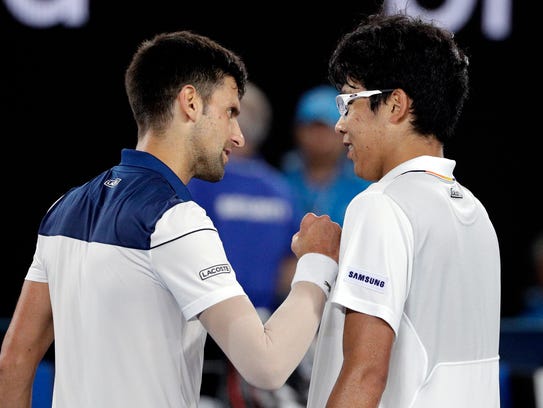The tennis world saw the retirement of two world class players this year. Instead of lamenting their departure as “losses”, I prefer to celebrate the remarkable career that they had.
Naturally, those who are obsessed with the label of GOAT (Greatest Of All Times) would argue to crown either players or lay down their reasoning for why neither of them ought to be. Personally, I believe when that level of athleticism has been attained, be it the longest running World No. 1, the highest number of Grand Slam wins, who is crown the GOAT is simply an entirely subjective act.
The atmosphere surrounding the news break of both players, unfortunately, were quite a contrast. Roger Federer is widely regarded as a ‘faultless’ player. It will be very difficult to meet anyone who openly dislike him. I, for one, have never come across any person of any colour/ nationality/ gender, whether tennis fan or not, have anything negative to say about Federer.
On the other hand, the moment Williams announces her intention to ‘evolve’ away from tennis, millions of gloaters emerge all over social media, mercilessly rejoicing that she did not manage to attain nor surpass Margaret Court’s record of 24 grand slam wins. The same people who didn’t remind Federer that both Djokovic and Nadal had long beaten Federer in his Grand Slam record wins.
That mockery, to me, wasn’t the most hypocritical issue. In her career, people made fun of her colour, wardrobe choice, playing style, body type and God knows what other aspects of Serena that had entirely nothing to do with the sport. Each time she loses her cool, her flaws are amplified and criticized repeatedly. I do not believe any human being has the perfect temperament. Even the great Federer was known to have a bad temper in his earlier years. Should those angry moments be replicated and condescended over and over again, would he still be the calm and composed man he is known for later in his career?
There is no simple equation to becoming a tennis great. The amount of physical, emotional and psychological prowess of every one of them is beyond the comprehension of the average layman. While every one of us may try to use logic or tangible qualifiers to determine who the GOAT is, nothing quite beat the honour of having another world class player declare that you are the GOAT, because there are only a handful of people in this world who truly know what it takes.
In 2018, Roger Federer famously called Serena Williams “The greatest tennis player ever”. “Overall”, he clarifies. Not “Female tennis player”. He didn’t go on to explain why he thinks that. Interestingly enough, no one really asked either.
In my humble, unqualified opinion, Serena Williams triumphs Court, Graf, Federer, Nadal, Djokovic and others who can be considered a GOAT of tennis by one simple reason. Tennis has been, and in many ways still is, a privileged white man’s sport. None of the other tennis greats were born as poor as Williams, none of them were treated as second class citizens in their country of birth due to no fault of them. It is not a surprise for me this significant handicap is rarely mentioned when anyone is tabulating the achievements of these athletics. Racism, combined with misogyny is a blend so disgusting that it leaves a bitter after taste no one wants to admit that they dislike Williams because they are quite simply, bigots.
No conclusions on this mindless rambling. Time poor these days with lives to raise.



